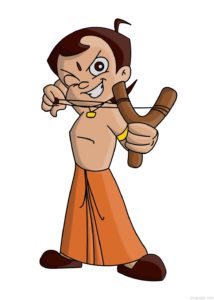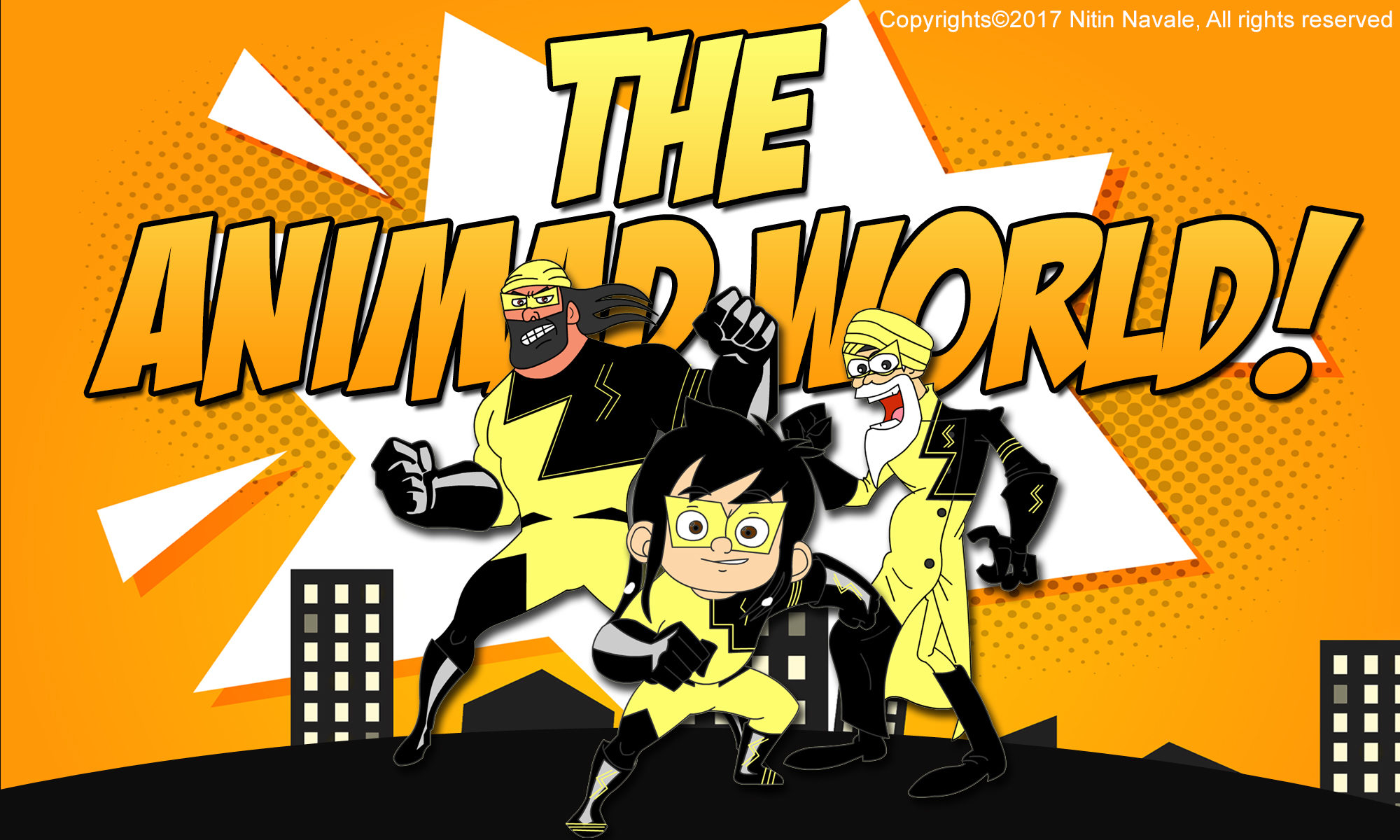So, what are the best animation courses in India?
This is another question I’m often asked by many students looking to pursue animation courses after 12th in India.
The first popular question is, “How to become an animator in India?” that we have already covered in the previous article. So I request you to check out the same to get more clarity on this subject.
Coming back to your question about animation courses after 12th. Well, for that, firstly, we need to understand that when we use the term animation, it’s a generic word used by laymen for this artistic medium.
What I mean is that, for the common person, everything they see on screen during an animated show or movie is animation.
But when it comes to animation courses or animation as a career, it has different aspects attached to it.
Meaning, there is a huge production pipeline that needs specialized knowledge and expertise to bring a show or movie from an idea to screen.
Basically, everyone has a particular task to undertake, from a scriptwriter who writes the script to a character and background designer who designs stuff to an animator who moves things to the editors who edit and so on.
(To know more about the production process, please read the article, How do we make Dr.binocs Show?)
So when someone says that they want to be an animator, someone from the animation industry will assume that they want to pursue a course in animation that puts life in an inanimate object or puppet.

Hence, we will keep other branches of the production pipeline aside and focus only on the art of moving objects alone, that is, animation.
But there is a catch to it as well. Yes, and that is even when it comes to animation alone, there is more than one style, method, or technique to animate an object, five to be more precise. These different styles are best suited for various purposes.
So for someone, who wants to pursue animation as a career, it’s vital to have a basic understanding of these styles to make a better professional choice and have a broader knowledge about the potential of this art form.
So, through this article, we will explore different types of animation courses after 12th and styles available for someone who wants to be an animator by the industry’s definition.
So let us now break down the five different types of animation styles available to you.
TYPES OF ANIMATION STYLE:
1) Traditional Animation:

Traditional or classical animation, cel animation, or hand-drawn animation is an animation technique where each frame is drawn by hand.
It is the oldest form of animation made famous by the Disney Company (not invented, though).
In this form, Sequential drawings are screened quickly, one after another, creating the illusion of movement.
One needs to have excellent drawing skills and a good understanding of human anatomy to execute this style of animation.
This is by far the most challenging and most time-consuming method to animate but also the best form.
2) 2D Vector-based animation:

In general, when we hear the term 2D animation, we think of it as something referring to traditional hand-drawn animation.
But after the arrival of computers, it is also used to define computer-based animations that adopt traditional animation techniques.
In other words, Vector-based animations, meaning computer-generated 2D animations, use the same techniques as traditional animation. But with the help of digital tools like software instead of physical tools like pencils, lightbox, etc., needed to make traditional 2D animations.
This is the most popular animation style in India right now.
All your favorite and not-so-favorite shows like Chhota Bheem, Little Singham, Roll no.21 are created using these techniques with the help of software like Adobe Flash (now Animate), Toon Boom, Harmony, etc.
3) 3D computer animation:

This is the most popular form of animation around the globe right now, as almost every movie is made using this technique nowadays.
So what is 3D animation?
In this technique, the modeling artist usually creates a 3D polygon mesh or model to manipulate.
Then this mesh which is like a skin of a character, is given an inner digital skeletal structure called a rig that can be used to control the puppet. This process is called rigging and can be used in connection with keyframes to create movement, i.e., animation.
It’s more like playing with puppets but requires the same understanding of the movements and principles as in 2d or cell animation.
The best part about this method is that one doesn’t need to have excellent drawing skills to use this method.
A person with very little or no drawing skills can also become 3d animator with ease if they are willing to put the required amount of hard work into it.
The shows like Motu Patlu, Bhoot Bandhus, and all Pixar movies are excellent examples of this technique.
4) Motion Graphics Animation:

Motion graphics are way different from the other basic styles of animation. Because unlike the other forms in our list, it is not character or story-driven.
It’s the art of creatively moving graphic elements or texts, usually for commercial or promotional purposes—the kind of thing you see during the opening and end credits of a movie.
I know it doesn’t sound that impressive, but trust me, motion graphics has created multiple jobs in the market in recent years.
Now many non-animation companies understand the importance of visually-driven sales pitches and use this method to sell their products and services.
5)Stop Motion Animation:

In stop motion animation, the object is physically moved in small increments or poses between individually photographed frames. And when these photos are played in fast sequence, it creates an illusion of motion.
Puppets made of clay or dolls with movable joints are generally used in this method for their ease of repositioning. Stop motion animation using plasticine or clay is called clay animation or “claymation.”
But not all stop motion techniques require clay puppets or movable action figures. Many stop motion films can involve using people, household devices, and other things for comedic effect.
Stop motion can also use sequential drawing in a similar manner to traditional animation, such as a flipbook.
An excellent example of this technique will be Shawn the Ship and Pingu the penguin.
So here we go!
These are five different animation courses and styles available to you after the 12th standard in the market. Now it’s up to you to decide which one of these methods suits your requirements. And of course, you can be the jack of all trades too.
But remember, the styles mentioned above are merely tools to execute an animated motion.
What is more important is that you need to know the basic principles of animation to be a good animator. Once you master those key ingredients, then no matter what style, software, or tool you use, you can animate anything.
For more information on Indian animation and the art of animation, please subscribe to my blog. 🙂


